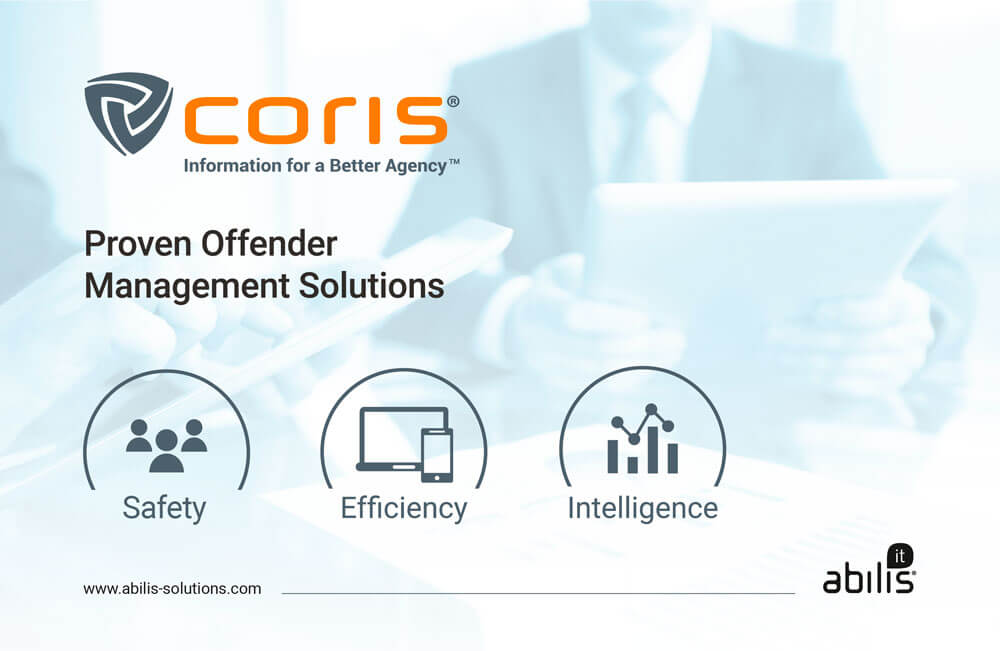To say that we are at the beginning of a new era for the usage of IT and technology in corrections is to barely hint at its importance.
As digital has become the new normal and technology is critical to the success of nearly every enterprise or organisation in every sector, public and private, anywhere in the world, its effects will ultimately influence and hopefully enrich all of us.
All correctional organisations and professionals are in one way or the other challenged to adopt, integrate or react to new technological evolutions: prison services are pushed to adopt digital government strategies, security people are fighting the newest security threats coming from cyber criminals or drones, teachers and trainers are tailoring new digital learning methods and developing curricula for usage in a secured prison environment and prison designers are integrating smart building systems into newly build infrastructures.
With ICT and technology playing such a crucial strategic and enabling role in the organisation, there is now an opportunity to shift the conversation concerning such assets towards what its real value for and contribution to Correctional Services (1) could be.
Fragmented experiments and ad hoc implementations of the newest technology from prison security over telemedicine, offender management, inmate self–servicing and tablets, correctional intelligence, virtual reality, smart locks, advanced biometrics, drone defence systems, secured Wi–Fi towards intelligent plumbing control and many more, have shown that technology is out there to support and improve our business.
This huge variety of new technologies could be very attractive to many correctional organisations, but they will not – by themselves alone – result in effective and transformative change in corrections. Any new correctional technology can just as easily be used to maintain the status quo (doing what we do slightly better) as it can be used for innovation (2). A fragmented approach, not supported with an enterprise strategy, will not lead to those fundamental improvements our sector currently needs.
Based upon the analysis of the main vision and objectives behind our correctional profession and in continuous dialogue with all stakeholders including the offender, the development of a digital strategy for corrections is needed to shape and drive transformation and innovation.
Technical solutions that will go far beyond supporting traditional operational prison management are in high demand to support modern offender management strategies. The adoption of adaptive case management approaches supporting the day to day work and creativity of the knowledge workers who are guiding the offenders back into society and tailor programs and activities to the offenders needs, are currently replacing older rather static and rigid legacy applications.
Collaboration with police and courts, community and healthcare services, the teachers and the therapist, needs to be supported by an integrated data and information exchange taking privacy and security regulations into account.
Field workers are supported to use their mobile devices in the prison or while visiting offenders in the community. Those devices deliver relevant and purposeful information tailored to the execution of the officer’s task, enhanced with modern communication and localisation capabilities to enhance both efficiency and security.
To be able to operate in a secure prison environment the building infrastructures need to be equipped with secure networks that allow authorised devices and deny access for all others. As the monitoring of behaviour and activities is crucial in a correctional environment, a high–performance network can support this by integrating existing systems such as CCTV cameras with the newest technologies.
The suicide watch prison sensor (3) could keep an eye on the vulnerable inmate while his RFID-enabled wristband allows him to open his own cell door when he gets anxious. The CCTV camera on the unit recognises the inmate immediately and sends a message to the unit manager’s mobile device whilst turning on a soothing light and music in the cell.
Well–designed secure networks can be used to enable this kind of smart building functionality to improve the life of both staff and offenders inside.
Self–servicing solutions are already bringing the digital world into the unit, the classroom and the cell in some jurisdictions, allowing the inmate to access all kind of digital information and become more closely involved with training, administration and the preparation for their future life outside.
But it will not be the fancy tablet that will narrow the gap between the inside and the normal life outside, strengthen prisoner motivation or prepare him for release.
A technological solution needs to be a means and not a goal on itself: tailoring solutions to the specific needs, within the context of and driven by the organisation’s mission and strategy is a must to achieve a meaningful and effective digital transformation.
Only an enterprise governance of IT and technology will create a buy-in from the whole organisation and shape the holistic design of digital architecture principles and the solutions derived from that.
Thanks to this integrated digital approach, all data and information could be standardised and centralised. The operational needs and benefits for all users increase the data quality which opens opportunities for innovative data analytics and data science.
Business insights based on statistics can be enhanced by using data-mining and forecasting techniques which creates crucial information for strategists, policy makers and also researchers. This kind of information will help them to do more in–depth research on the usage of technology itself, but also on the entire offender management approaches we are taking: what the effects, impacts and outcomes are.
We are at the beginning of a new era for the usage of IT and technology in corrections and challenged to shape this into our correctional organisations. Developing a correctional digital strategy can be seen as a need but risks to be kept into the dark corner of the technology, security and IT people.
Only an enterprise governance of IT and technology can enable innovation and real transformation as it embeds the digital into your organisations’ strategy. To say it with the words of Scott Gibson (4): There is no “Digital Strategy” anymore, just strategy in a Digital World.
Notes:
1 Reinhard, Bonk – New IT Business Capability Model Within the Correctional Service of Canada – Advancing Corrections – ICPA, Ed. 2 – 2016
2 Reinhard, Bonk – New IT Business Capability Model Within the Correctional Service of Canada – Advancing Corrections – ICPA, Ed. 2 – 2016
3 New Scientists, 2014
4 Group Executive Digital Practice, Dimension Data
//

Steven Van De Steene is an Enterprise architect and technology for corrections expert. He works as a consultant in the area of innovation and technology strategy for prisons and probation services and is the coordinator of the Technology Solutions Group for the International Prisons and Corrections Association (ICPA).
Advertisement



